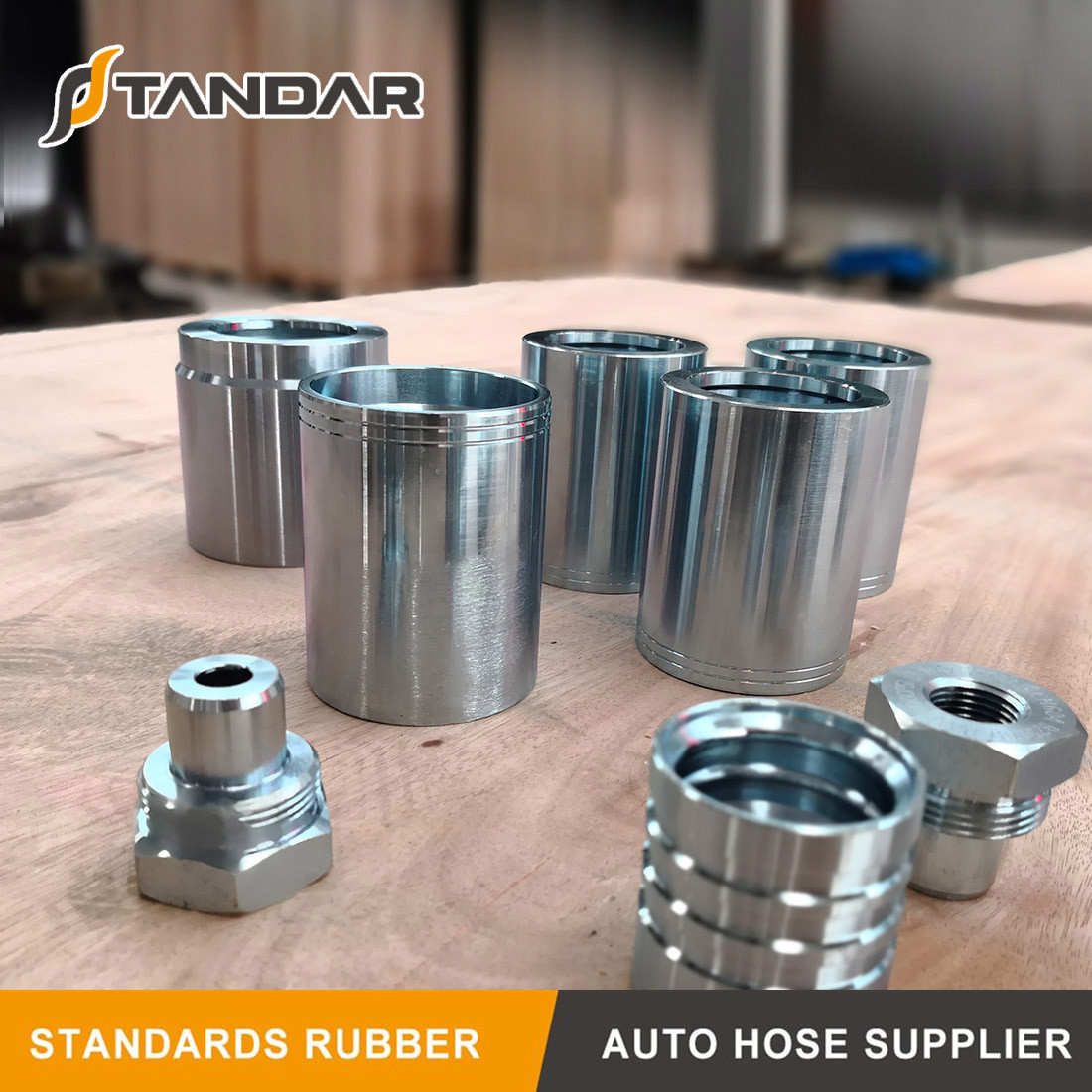- All
- Product Name
- Product Keyword
- Product Model
- Product Summary
- Product Description
- Multi Field Search
Views: 8 Author: Site Editor Publish Time: 2018-12-13 Origin: Site








Factors should consider when selecting the hydraulic fitting
Below are the five factors you should consider when selecting the right hydraulic hose fitting for your application:
1. Versatility: JIC fittings offer the best versatility of any of the aforementioned fitting systems. Additionally, there are available fittings that can connect JIC fittings to any foreign or American port, and jump sizes can expand or reduce between any sizes. A key benefit of JIC is the great variety of product that is typically stocked by vendors, including straights, elbows, long drops and male or female threads.
2. Availability: JIC and NPT fittings have been the field standard for decades, and they are readily available in both volume and variety. As a growing number of OEMs converts to O-ring seals and DIN metric fitting styles, any rubber hose shop should be able to identify these new fittings, but the selection may be limited.
3. Pressure Rating: Many OEMs are choosing O-ring seals and DIN metric fittings, as required pressure ratings have increased. JIC fittings are not rated for these pressure ratings, especially in high vibration applications. Similarly, NPT threads are not recommended for higher pressure. These applications require specially-rated fittings.
4. Application: The application in which a fitting will be used is a critical factor in choosing the right fitting. Size, Temperature, Application, Media and Pressure all must be taken into consideration when making this choice.
5. Reliability: NPT pipe threads have always been popular, as leaks can be fixed by simply tightening the fitting. This practice, however, has led to cracked fittings. While JIC has been the industry standard for years, it still susceptible to cracked flares from overaggressive wrenching. The mated sealing surfaces in O-ring face seal fittings and DIN metric fittings reduce the risk of over torquing, and provide greater reliability due to the elastomeric seal that is captured in the mating surface.
All hydraulic fittings are only as good as the assembler who installed them. A general rule of thumb is to connect a rubber hose with the least amount of connections possible. There are proper assembly procedures for each of the fitting styles, and strict adherence to those steps makes the difference between a solid connection and a problem waiting to happen.
